FOHO Blog – Global Housing & Living Guide for Foreigners
Korean Hair Salon: A Guide for Foreigners
Your essential guide to visiting a Korean hair salon. Learn how to book, communicate with stylists, and understand pricing for foreigners, expats, and students.
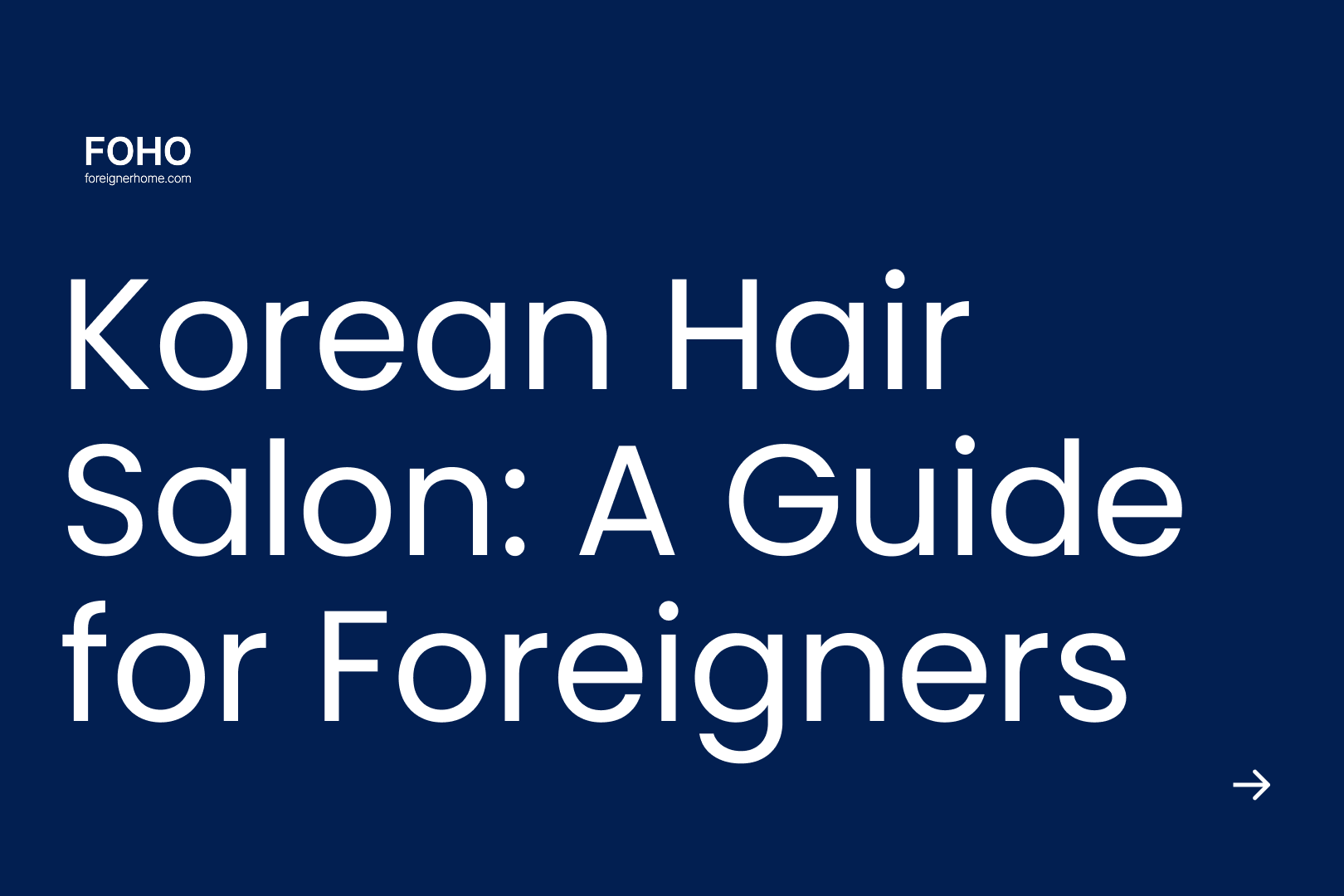
Table of contents
- 01A Foreigner’s Ultimate Guide to Korean Hair Salons: From Booking to Balayage
- •Section 1: Understanding the Korean Salon Ecosystem
- •Section 2: Preparation and Communication
- •Section 3: Decoding the Price System
- •Section 4: A Deep Dive into the Service Menu
- •Section 5: An Insider's Guide for Foreigners
- •Find Your Home in Korea with Confidence
A Foreigner’s Ultimate Guide to Korean Hair Salons: From Booking to Balayage
Section 1: Understanding the Korean Salon Ecosystem
1.1. Salon Tiers: A Model for Every Client
- Best for: Consistency, convenience, and those who prefer a well-known brand. Many locations in tourist-heavy areas like Myeongdong have English-speaking staff.
- Price Range: Mid-to-High (₩₩₩)
- Keep in Mind: The experience can vary between branches. Some customers report upselling of additional treatments. They often have membership programs that offer discounts for repeat visits.
- Best for: The latest trending styles and specialized services. Many of these salons have designers who are highly experienced with non-Asian hair textures.
- Price Range: High (₩₩₩₩)
- Keep in Mind: Prices are high, and booking is essential. The value comes from access to top-tier stylists who are experts in their niche.
- Best for: A highly personalized, private, and focused experience.
- Price Range: High (₩₩₩₩)
- Keep in Mind: You receive the designer’s full attention, but since it's a one-person operation, you have no other options if your style preferences don't align with their specialty.
- Modern Barbershops: These spaces are dedicated to classic men's styles like fades, pomades, and Ivy League cuts. They offer services like professional wet shaves, which are not typically available in unisex salons. Many are located in areas like Itaewon and Hongdae and have English-speaking barbers.
- Low-Cost Chains & Traditional Barbershops (e.g., Blue Club): Traditional barbershops cater to an older clientele with simple, functional cuts. Blue Club is a well-known low-cost chain focused on speed and efficiency. The price for a cut is very low (around ₩12,000–₩13,000 as of 2023) because services like shampooing are self-service.
1.2. Location Is Style: Cheongdam vs. Hongdae
- Atmosphere: Sophisticated, luxurious, and private.
- Clientele: Celebrities, socialites, and clients seeking a high-end experience.
- Styles: Polished, classic, and elegant.
- Price: The highest in the country. Cuts start around ₩44,000–₩55,000 and can easily exceed ₩100,000. A perm or color service often costs over ₩330,000.
- Atmosphere: Casual, trendy, and creative.
- Clientele: Students, artists, foreigners, and a younger crowd.
- Styles: Experimental, edgy, and the latest street-style trends.
- Price: More accessible and varied. Cuts typically range from ₩18,000 to ₩50,000, with perms from ₩50,000 to ₩150,000.
Salon Type | Price | Key Features | Recommended For | Potential Downsides |
Large Franchise | ₩₩₩ | Standardized service, high accessibility, memberships. | Those who value consistency and convenience. | Experience can vary by branch; potential for upselling. |
Independent Boutique | ₩₩₩₩ | Latest trends, specialized skills (e.g., for foreign hair). | Trend-setters and those seeking a specific, expert designer. | High price point; booking is mandatory. |
1-Person Salon | ₩₩₩₩ | 1-on-1 personalized service in a private setting. | Those who want dedicated attention and a quiet experience. | 100% reservation-based; limited alternatives if styles don't match. |
Modern Barbershop | ₩₩₩ | Men's styling, professional shaves, masculine environment. | Clients seeking classic men's cuts and grooming. | Limited style range; may feel exclusive. |
Low-Cost Chain | ₩ | Very low price, fast service, functional. | Men who need a quick, simple, and affordable cut. | Lack of style diversity; self-service elements can be inconvenient. |
Section 2: Preparation and Communication
2.1. How to Book Your Appointment
- Naver Booking (네이버 예약): This is the most widely used platform, integrated directly into Naver Maps. It’s popular with salons because it charges them very low (or no) fees. For users, it offers a huge database of reviews, first-visit discounts, and Naver Pay point rewards. It's the best place to find reliable local salons.
- Kakao Hairshop (카카오헤어샵): This platform uses a "style-first" approach. Its key feature, the 'Style Book', lets you browse photos of hairstyles and book directly with the stylist who created that look. It also has useful filters like "no extra charge for long hair" or "pets allowed." Salons on Kakao Hairshop are often actively trying to attract new, trend-conscious clients.
- Telephone: Calling the salon is still a reliable option.
- Instagram DM: Some independent stylists, especially those popular with foreigners, prefer to handle bookings through Instagram Direct Messages.
2.2. The Consultation: How to Get What You Want
- Hair History (Past 2 Years):
- List all chemical services (perm, color, bleach).
- What were your last 3 services?
- Current Hair & Scalp Condition:
- Condition: Healthy, Damaged, or Very Damaged.
- Type: Straight, Wavy, or Curly.
- Thickness: Fine, Medium, or Thick.
- Scalp: Oily, Dry, or Sensitive.
- Lifestyle & Budget:
- How often do you wash your hair?
- How much time do you spend styling it daily? (e.g., 5 mins, 15 mins)
- What is your budget for this service?
Category | Korean (Hangeul) | Pronunciation (Romanized) | Meaning & Context |
General Requests | 사진처럼 잘라주세요 | Sajin-cheoreom jalla-juseyo | “Please cut it like this photo.” — Your most important phrase. |
ㅤ | 조금만 다듬어 주세요 | Jogeum-man dadeumeo-juseyo | “Please just trim it a little.” — Use this to keep your length. |
ㅤ | 숱 많이 쳐주세요 | Sut mani chyeo-juseyo | “Please thin it out a lot.” — Use when your hair feels too thick or heavy. |
Cut Terms | 앞머리 | Apmeori | Bangs / Fringe. |
ㅤ | 레이어드 컷 | Reieodeu-keot | Layered cut — a cut with multiple layers for texture and volume. |
Perm Terms | 다운펌 | Daun-peom | “Down perm.” A chemical treatment to flatten hair that sticks out, typically for men’s sideburns. |
ㅤ | 뿌리펌 | Ppuri-peom | “Root perm.” A perm applied only at the roots to create volume. |
Pricing | 기장 추가 | Gijang chuga | Hair-length surcharge — an extra fee for long hair on services like perms and coloring. |
Hair Condition | 손상모 | Sonsang-mo | Damaged hair. |
Section 3: Decoding the Price System
3.1. Key Pricing Factors
Gijang Chuga (기장 추가): The Long Hair Surcharge
For nearly all chemical services (perm, color, treatments), there is an extra charge based on hair length. This is because longer hair requires more product and time. The tiers are usually based on landmarks like shoulder-length, chest-length, and waist-length. Always confirm this cost before starting.3.2. Average Service Costs
Service | Low-Cost (e.g., Blue Club) | Mid-Range (e.g., Hongdae) | High-End (e.g., Cheongdam) |
Men’s Cut | ₩12,000–₩13,000 | ₩20,000–₩35,000 | ₩44,000–₩80,000+ |
Women’s Cut | N/A | ₩25,000–₩50,000 | ₩55,000–₩100,000+ |
Basic Perm | N/A | ₩80,000–₩150,000 | ₩150,000–₩330,000+ |
Digital Perm | N/A | ₩120,000–₩200,000 | ₩250,000–₩400,000+ |
Full Color | N/A | ₩80,000–₩150,000 | ₩130,000–₩300,000+ |
3.3. How to Get the Best Value
Section 4: A Deep Dive into the Service Menu
4.1. Korean Signature Cuts
- Two-Block (투블럭): The quintessential modern Korean men's cut. The sides and back are cut short, while the top is left longer to cover them. It's clean and versatile.
- See-through Dandy Cut (시스루 댄디컷): A softer version of the classic Dandy cut, with a thinned-out fringe that lightly reveals the forehead.
- Leaf Cut (리프컷): A longer, gender-neutral style with hair that softly frames the face like leaves.
- Hush Cut (허쉬컷): A modern take on the shag or wolf cut, featuring heavy, bold layers for a light, textured, and chic look.
- Layered Cut (레이어드컷) with C-Curls or S-Curls: This is the foundation of many feminine Korean hairstyles. Soft layers are combined with gentle C-shaped curls (curling inward) or S-shaped waves to create movement and volume.
4.2. Understanding Korean Perms
- Digital Perm / Setting Perm (디지털펌 / 세팅펌): These are "hot perms" that use heat to create lasting, bouncy waves (like C-curls and S-curls). They look best when blow-dried.
- Down Perm (다운펌): Essential for many men's styles. This is a partial perm that chemically flattens the sideburns and hair at the sides of the head to prevent them from puffing out.
- Volume Magic (볼륨매직): This is not your traditional flat iron straightening. It straightens frizzy or curly hair while adding a soft C-curl at the ends, creating a smooth but voluminous look.
- Root Perm (뿌리펌): A lifesaver for those with flat or fine hair. This perm targets only the roots to give them a lift, creating overall volume without curling the rest of the hair.
4.3. Advanced Coloring Techniques
- Balayage (발레아쥬): A French freehand technique where the stylist "sweeps" or paints highlights onto the hair vertically. It creates a soft, natural, sun-kissed look.
- Ombre (옴브레): A French word for "shadow." This technique creates a horizontal gradient, typically from dark roots to lighter ends, with a more distinct transition than balayage.
- Sombre (솜브레): A "soft ombre." It's a more subtle version of ombre with a less dramatic transition between the dark and light shades.
4.4. The Culture of Hair & Scalp Treatments
- Scalp Scaling (두피 스케일링): Think of this as a deep-cleansing facial for your scalp. It removes product buildup, oil, and dead skin cells from your pores that regular shampooing can't, creating a better environment for hair growth.
- Hair "Clinic" (헤어 클리닉): This is a multi-step, intensive conditioning treatment that infuses damaged hair with proteins and moisture. Stylists often recommend doing a clinic treatment alongside a perm or color to minimize chemical damage and improve the final result.
Section 5: An Insider's Guide for Foreigners
5.1. Finding a Foreigner-Friendly Salon
- How to Check: Before booking, look at a stylist's Instagram portfolio. Do they have photos of work on non-Asian clients? This is the best indicator of their technical experience.
- Vetted Salons (Based on Expat Community Reviews):
- The Day's Hair (Hongdae): Widely recommended for its English-speaking staff and the director's expertise with foreign hair.
- SOONSIKI (Hongdae): Known for trendy styles and a system that includes English-speaking assistants.
- CCA Hairstyle (Hongdae): Praised for reasonable prices and honest consultations based on hair type.
- Note: This is not an exhaustive list. Always do your own research based on your specific hair needs.
5.2. Navigating Salon Etiquette
- Tipping: Tipping is not customary in South Korea, and it is not expected. The price on the menu is the final price. Information suggesting a 15-20% tip usually refers to Korean salons in North America, not in Korea itself.
- Complimentary Services: Most salons will offer free drinks (coffee, tea, juice) and sometimes snacks while you wait. This is part of the service, so feel free to accept.
- Addressing Stylists: It's common to call a stylist by their name followed by "Ssaem" (쌤), a shortened, friendly version of "seonsaengnim" (선생님), which means teacher. (e.g., Yuju-Ssaem).
5.3. If You're Unhappy with the Result
Find Your Home in Korea with Confidence
Settle in faster with FOHO
Browse more verified listings and message landlords in minutes. Lock in your lease with FOHO's secure payments.
Get Foreigner-Friendly Housing Tips
Get the latest news delivered to your inbox.
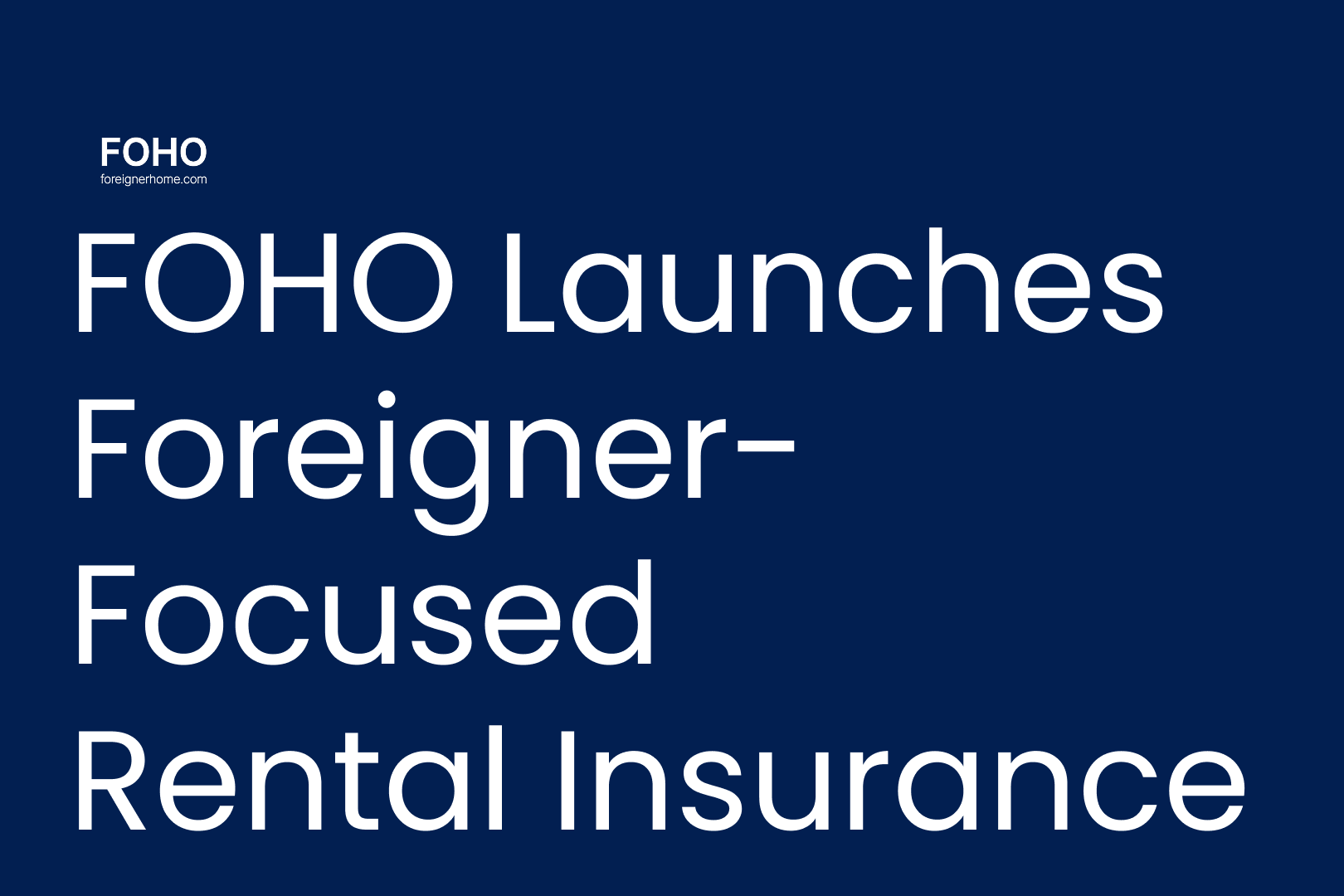
Nov 4, 2025
FOHO Launches Foreigner-Focused Rental Insurance
FOHO’s deposit insurance protects foreign tenants in Korea from landlord defaults. Stay safe with clear coverage and fast claims.
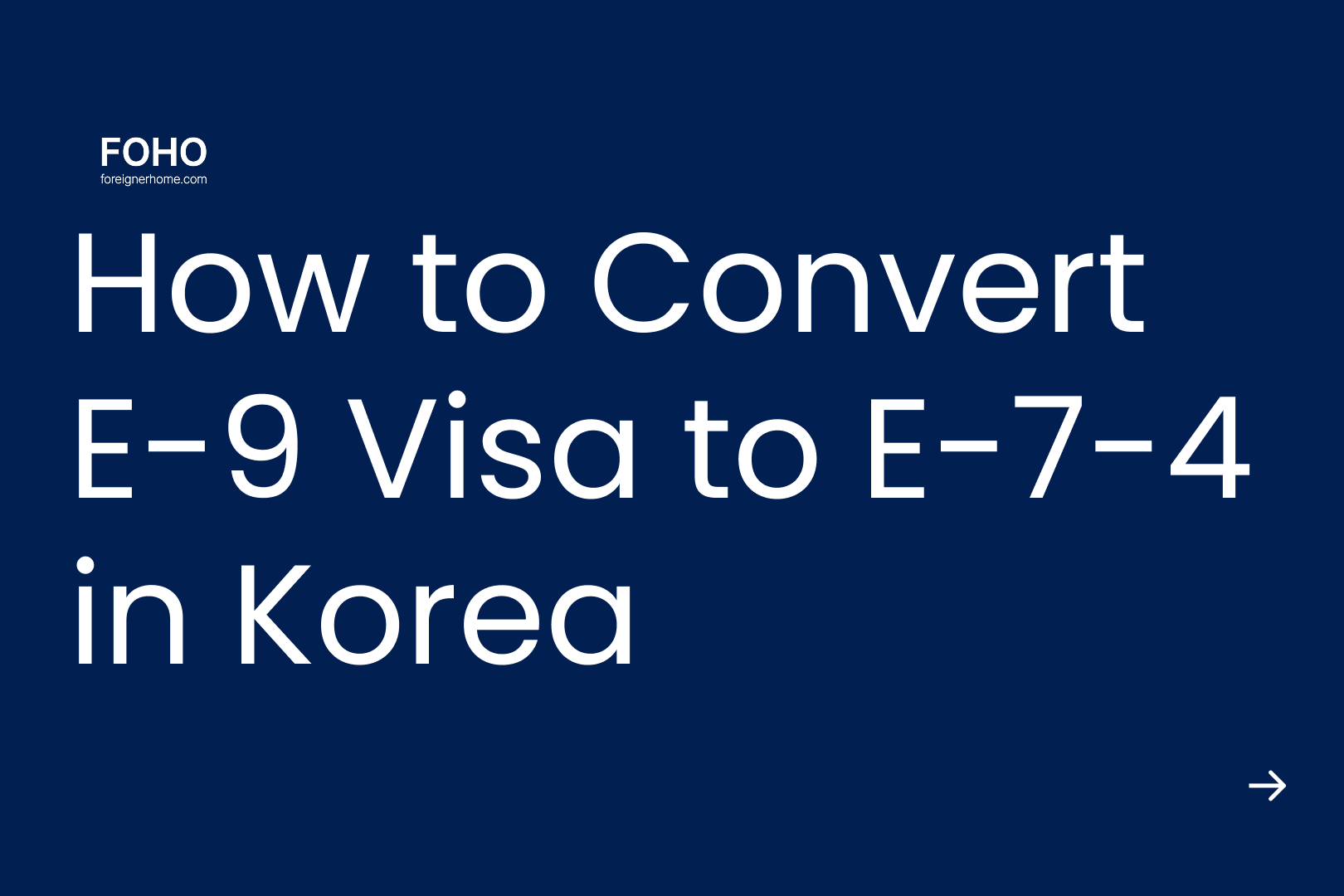
Oct 31, 2025
How to Convert E-9 Visa to E-7-4 in Korea
A guide for Vietnamese & Chinese E-9 workers in Korea. Learn the E-7-4 visa points system, F-2 requirements, and compare GME vs. Sentbe for remittance.
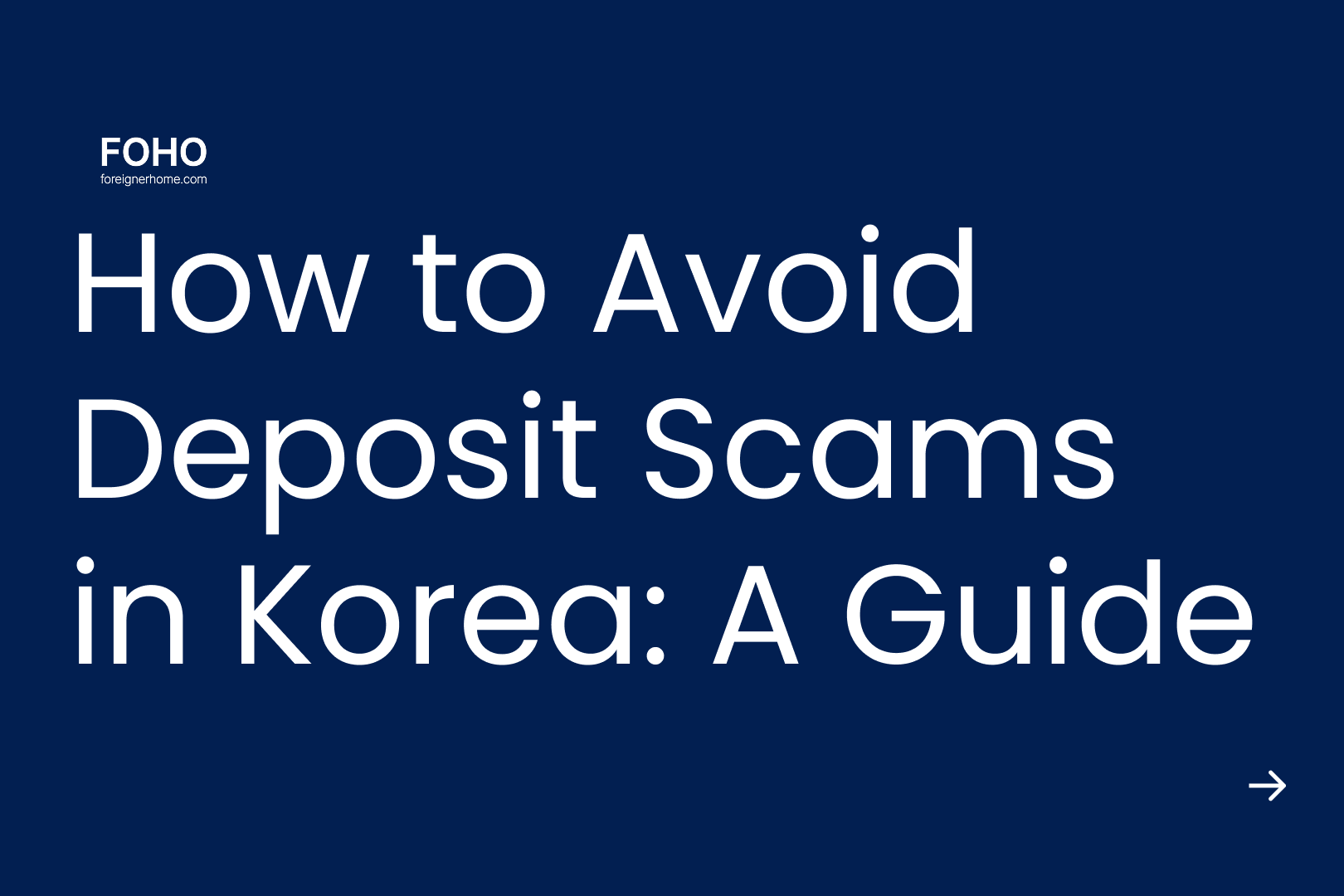
Oct 30, 2025
How to Avoid Deposit Scams in Korea: A Guide
Avoid deposit scams in Korea with our step-by-step guide. Learn to check property debt, understand the 'Deung-gibu,' and secure your deposit.
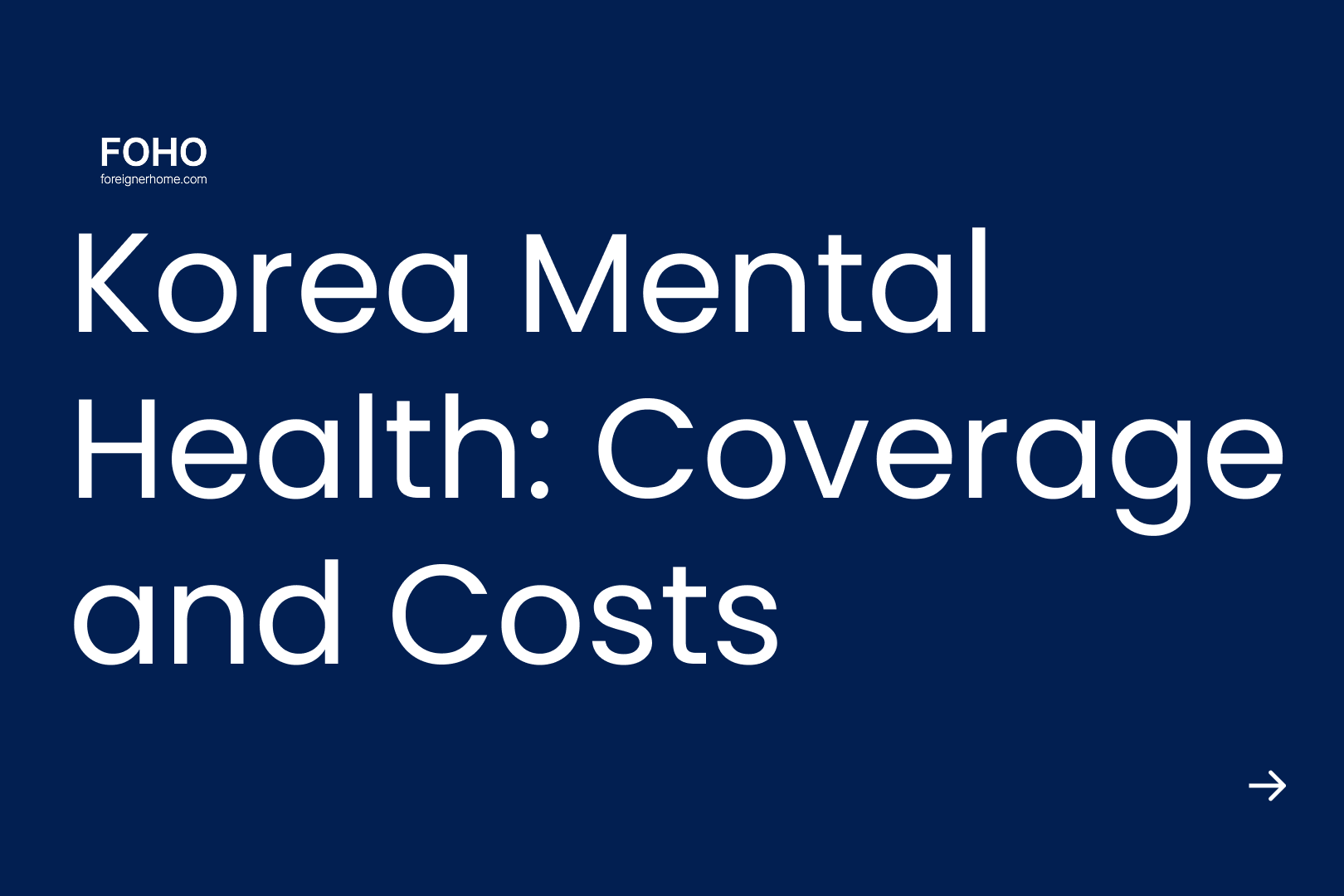
Oct 29, 2025
Korea Mental Health: NHIS Coverage and Costs
Get help with mental health in Korea. This guide for foreigners explains how to use NHIS, find low-cost options, and get medication prescriptions locally.
Subscribe to the FOHO newsletter
Actionable housing insights in your inbox.